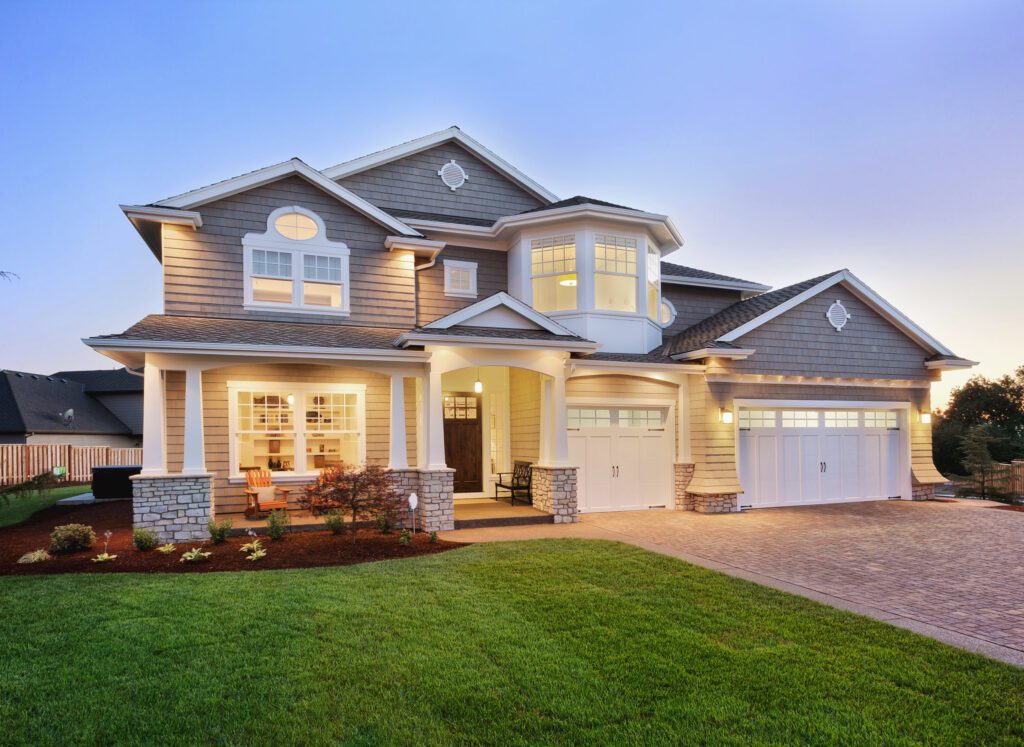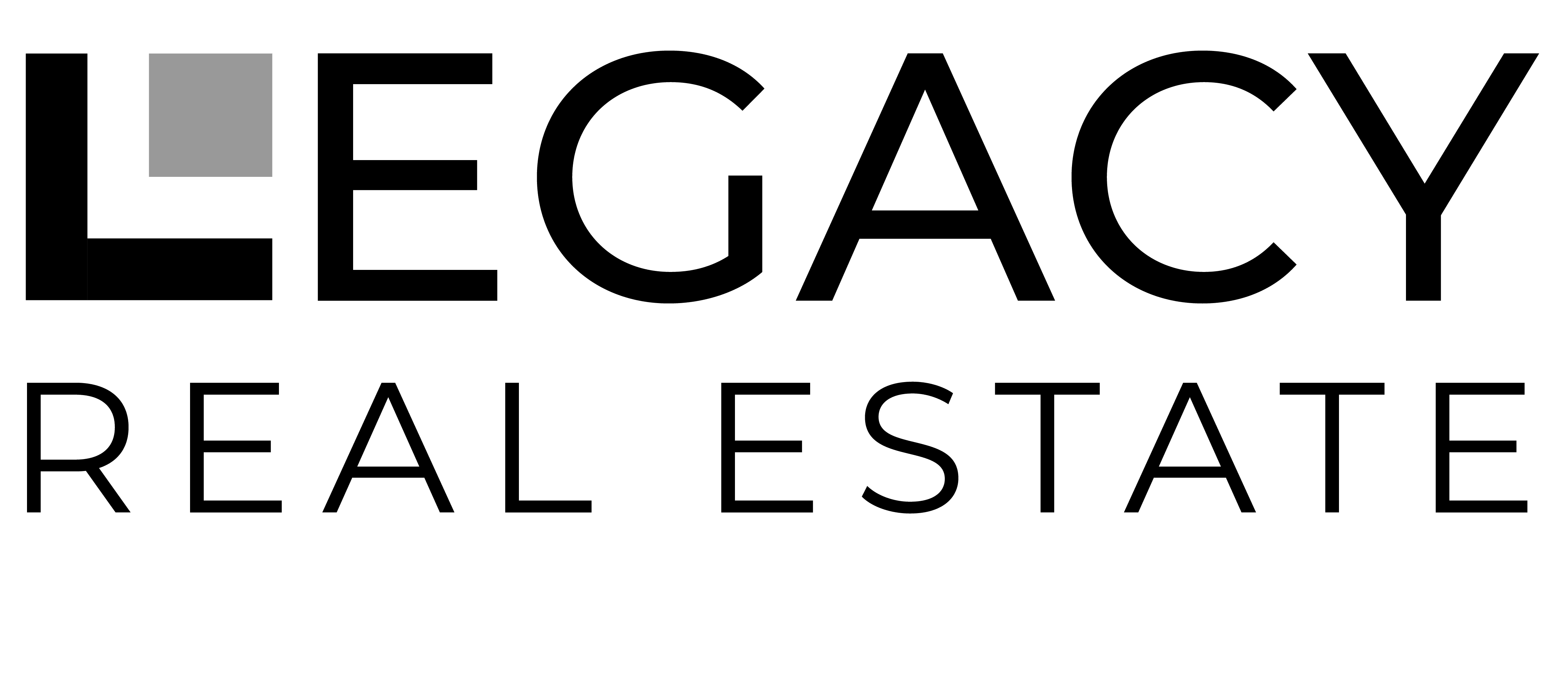Home Appraisal
A home appraisal is an unbiased estimate of the fair market value of a home. The bank or lender will order an appraisal to be completed by a licensed appraiser and this will determine the value of a property. More importantly, it will determine whether the home’s contract price is appropriate, given the home’s condition, location and features. Lenders want to ensure that homeowners are not over-borrowing for a property, since the home serves as collateral for the loan.
The result of the appraisal will determine how much a lender is willing to give a buyer to purchase a property. The cost for the appraisal is typically around $550 and is paid for by the buyer. Ordering an appraisal can take several weeks and it is often advised to order an appraisal as soon as the inspection contingency has been satisfied. If the buyer waits too long to order an inspection, the date of closing can be delayed. Your broker will work closely with your lender to ensure proper timing for the appraisal.
If the appraisal comes back at or above contract price, the transaction proceeds according to schedule. If the appraisal comes back below contract price, closing could be delayed or worse, the entire transaction could be in jeopardy.
Typically, both buyer and seller are motivated to close the transaction. If the appraisal is low, the buyer can use this information as a negotiating tool, advocating for a lower purchase price. If the seller refuses to lower their price and the deal is terminated, they are likely to encounter a similar issue in the future, since no buyer will qualify to borrow more than the appraised value of the home they are purchasing unless they are willing to cover with additional cash the price difference between appraised value and sales price. This amount would be in addition to the downpayment amount that they are already contributing to the purchase.
Determining the market value of a home is an important part of every real estate transaction. Arriving at an accurate market value is vital for buyers, sellers, lenders and agents alike. It prevents buyers from paying too high a price and guarantees that a seller’s listing doesn’t sit stagnant on the market. The correct market value enables transactions to proceed with speed and efficiency.
Real Estate brokers use what is commonly called a Comparative Market Analysis (CMA) to help sellers establish a listing price. A CMA is a list of nearby homes that are currently for sale or have recently sold. These homes are comparable to the new listing in square footage, amenities, age and bedroom/bathroom layout.
When a buyer is borrowing money to purchase a property, their financial institution will require an appraisal. Unlike a CMA, an appraisal is a professional determination of a home’s value, completed by licensed appraisers, using guidelines established by the Federal Housing Finance Agency.
While appraisers rely on data similar to that used in a CMA, the bank requires additional guidelines designed to minimize risk to the lender. Appraisers take a comprehensive look at a home’s condition, location, and eligibility for federal guarantees, and can adjust values to reflect market fluctuations.

The Value of Your Home
In a neighborhood of similar homes, why is one worth more than the other?
When a home is sold, a willing seller and a willing buyer determine the value of the home through their negotiated sale price. That price then becomes a benchmark for the future sale of similar homes. But price is influenced by more than just precedent. Here are a few of the most important factors when arriving at market value.
There are several things a homeowner can do to improve the physical structure and aesthetic of a home but there isn’t much they can do about where it is located. Apart from standard market appreciation, a home’s land will only increase in value if the area around it improves.
Some key location factors that can increase a home’s value include:
- Proximity to urban core
- Cul-de-sac location or dead end (less traffic)
- Farther away from railroad tracks, airports, freeway noise and power lines
- Near parks or green spaces
- Sidewalks and walkability
- Proximity to public transit
- Waterfront, water or mountain views
The size of the home and number of rooms it has impacts the value. In most cases, a larger home can be more expensive to build, and buyers will pay more for additional living space. The number of bedrooms and bathrooms within that square footage is equally important. A house with only one bathroom, for example, will have a lower comparative market value, even if considered large by square footage.
Not only can a larger home be more expensive to build but features and finishes within a home impact the cost to build. This category also reflects the upgrades or enhancements made by a previous homeowner. A home with hardwood floors and granite countertops will command a higher premium than a home with carpet and laminate. Energy efficient windows, backyard landscaping, and custom cabinetry are all examples of features that will increase the CMA.
The nearer a home is to new construction, the more value it tends to retain. It is generally perceived as more modern, up-to-date, and perhaps safer. Homes that are outdated or in disrepair will sell for less to offset the cost of updating the property and potentially replacing old appliances and systems.
When a home looks appealing from the street, it is said to have “curb appeal.” Thoughtful landscaping, fresh paint, modern address numbers or a new front door can make a meaningful impression on potential buyers. While none of these updates can alter square footage or location, they certainly do make a difference.
